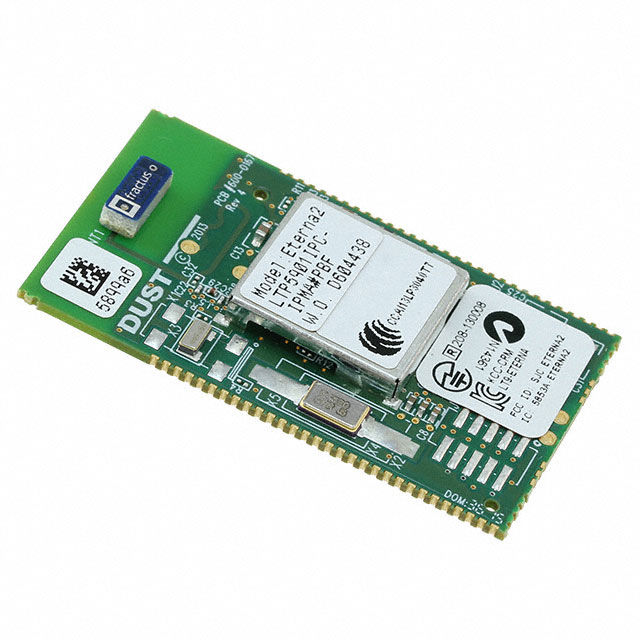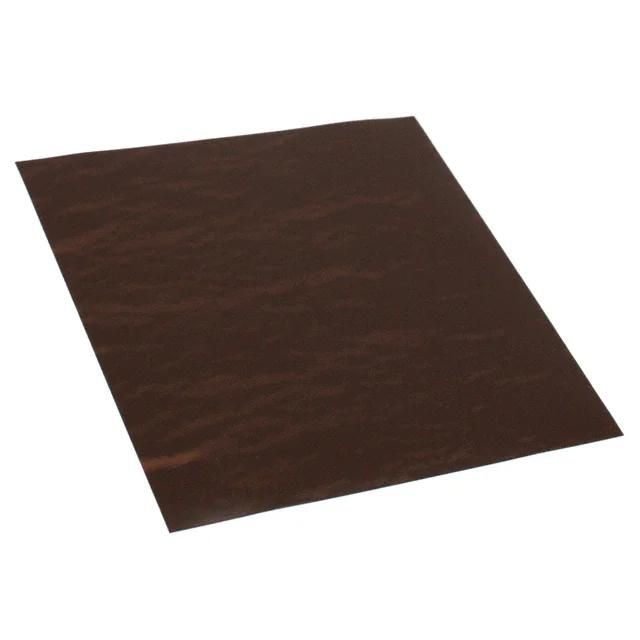Mastering the Mount: Why is Mounting Equipment Crucial for Air Preparation Components?
- joddiemarshall6
- Sep 4, 2024
- 3 min read
Air preparation components are essential in the compressed air systems used across various industries. These components ensure the air delivered to pneumatic machinery is clean, controlled, and conditioned to prevent damage and ensure efficiency. The role of mounting equipment in these setups cannot be overstated. It not only supports the physical structure but also enhances the functionality and safety of the air preparation system. In this blog post, we'll delve into the various aspects of mounting equipment, emphasizing its necessity and best practices for optimal performance.
The Importance of Proper Mounting in Air Systems
Stability and Safety: Mounting equipment provides a secure base for air preparation components, preventing movement that can lead to wear and tear or even catastrophic failures.
Ease of Maintenance: Properly mounted components are easier to access and maintain, leading to reduced downtime and lower maintenance costs.
System Performance: Secure and strategic placement of components can enhance system efficiency by ensuring optimal airflow and reducing pressure drops.
Types of Mounting Equipment for Air Preparation Components
Wall Mounts
Features: Durable, space-saving design ideal for smaller systems or limited spaces.
Applications: Typically used in automotive workshops, small manufacturing units, and HVAC installations.
Panel Mounts
Features: Provide a clean and organized appearance and are easy to integrate into control panels.
Applications: Suitable for industrial environments where multiple air preparation components need to be centralized.
Rail Mounts
Features: Flexibility in component positioning along the rail; easy to add or remove components.
Applications: Preferred in modular systems where scalability and adaptability are priorities.
Choosing the Right Mounting Equipment
Material Durability: Selecting mounts made from materials resistant to corrosion and environmental wear, like stainless steel or treated aluminum, ensures longevity.
Load Capacity: It's crucial to choose mounting equipment that can handle the weight and vibration of the mounted components without risk of failure.
Compatibility: Ensure that the mounting equipment fits perfectly with your air preparation components to avoid misalignment and inefficiencies.
Installation Tips for Maximum Efficiency
Professional Installation: While DIY installation might be tempting, professional installation ensures that your air preparation system is set up correctly from the start.
Regular Inspection: Schedule regular inspections to check for any shifts or loosening in the mounting setup, which could compromise the system's integrity.
Accessibility Consideration: Mount your equipment in positions that are easily accessible for maintenance and inspection without compromising on the system’s performance.
The Impact of Environment on Mounting Choices
Industrial Environments: In harsher conditions, such as those with high moisture or chemical exposure, choosing mounts with higher resistance to environmental factors is necessary.
Outdoor Applications: For outdoor installations, consider weather-resistant mounts that can withstand temperature fluctuations and ultraviolet (UV) exposure.
Future Trends in Mounting Technology
Smart Mounts: With the rise of IoT (Internet of Things), smart mounts that can monitor stress, temperature, and even predict maintenance schedules are becoming more prevalent.
Eco-Friendly Materials: As sustainability becomes more critical, the development of eco-friendly materials for mounts that maintain strength and durability is on the rise.
Conclusion: The Strategic Value of Mounting Equipment
The correct selection and installation of mounting equipment are as critical as choosing the air preparation components themselves. It’s not just about keeping the parts in place; it’s about maximizing the efficiency, safety, and longevity of the air system. By understanding the different types of mounts available, their specific applications, and the best practices for installation and maintenance, industries can significantly enhance the performance of their pneumatic systems.
By prioritizing the right mounting solutions, businesses not only protect their investments but also improve their operational efficiency. Remember, every component in a compressed air system plays a vital role, and how well it is mounted can make a significant difference in its performance and reliability.



Comments